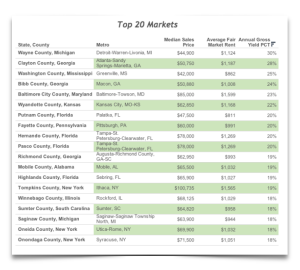

Both soil water content and soil cohesion were decreased during two stages in two sites. Underground pressure monitoring showed that P1 during stage 2 was significantly greater than that during stage 1, indicating the large difference of pressure characteristics in tail areas of working face between two stages. In comparison, coal mining had slight effect on organic matter, internal fraction angle, and D1 and D2 percent.

This study proved that soil water content, soil cohesion and soil porosity were greatly decreased, while bulk density and dry density were increased by coal mining. Soil sampling was conducted in same locations before and after mining in 2014. The results are important for optimizing the slope geometry of open-pit mines and can be replicated in other regions.īased on soil sampling, lab experiment and support resistance monitoring, the disturbance of soil physical quality indices between different underground mining stages of No 52303 working face was studied in semi-arid region of western China. Slope geometry optimization obtained with this drawdown scenario led to adequate inter-ramp and overall safety factors for the final pit design, reducing the barren-to-ore ratio to 0.38, much less than the present ratio (≈ 3). The groundwater control system obtained with 11 horizontal drains and 1 pumping well was considered the most adequate from the geotechnical and economic perspectives. The factors of safety obtained, the drawdown costs and the water table elevation of each section were selected as indicators for obtaining the optimal drawdown scenario using a multi-objective tool. Stability analyzes using the limit equilibrium method were used to obtain the bench, inter-ramp, and overall factors of safety of different representative sections. The groundwater simulation scenarios included the combination of deep horizontal drains and pumping wells. The optimization approach analyzed different scenarios of groundwater drawdown for the final pit of a phosphate mine to improve the pit slopes stability. This study documents a mining plan using groundwater drawdown scenarios that illustrate how geotechnical, economic, and environmental indicators can be combined to obtain optimum slope geometry for open-pit mining. The use of numerical models to simulate groundwater drawdown and slope stability can be an alternative to assess cost-benefit trade-offs for decision-making.

However, safe geotechnical conditions generally involve redesigning the geometry of slopes and groundwater drawdown, significantly increasing the costs of mining operations. The design of open-pit mines should balance safety and economy.


 0 kommentar(er)
0 kommentar(er)
